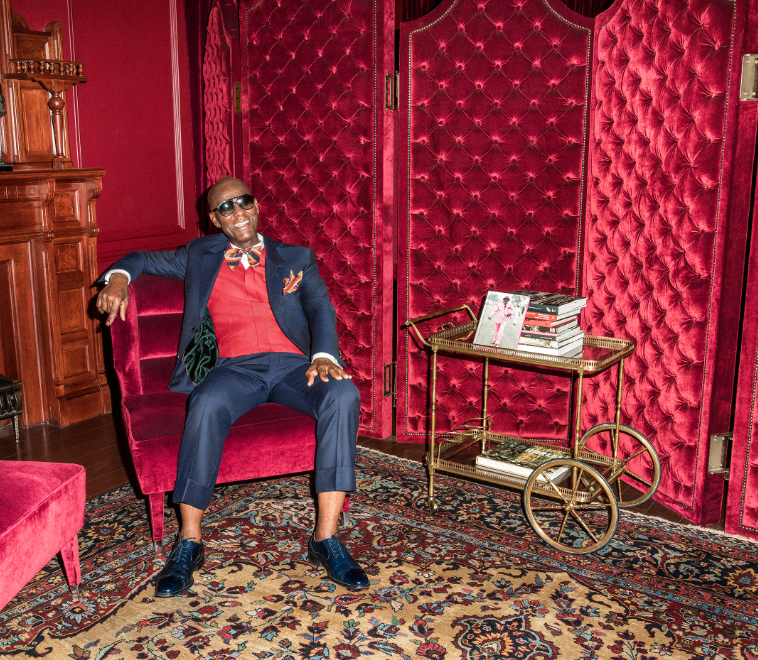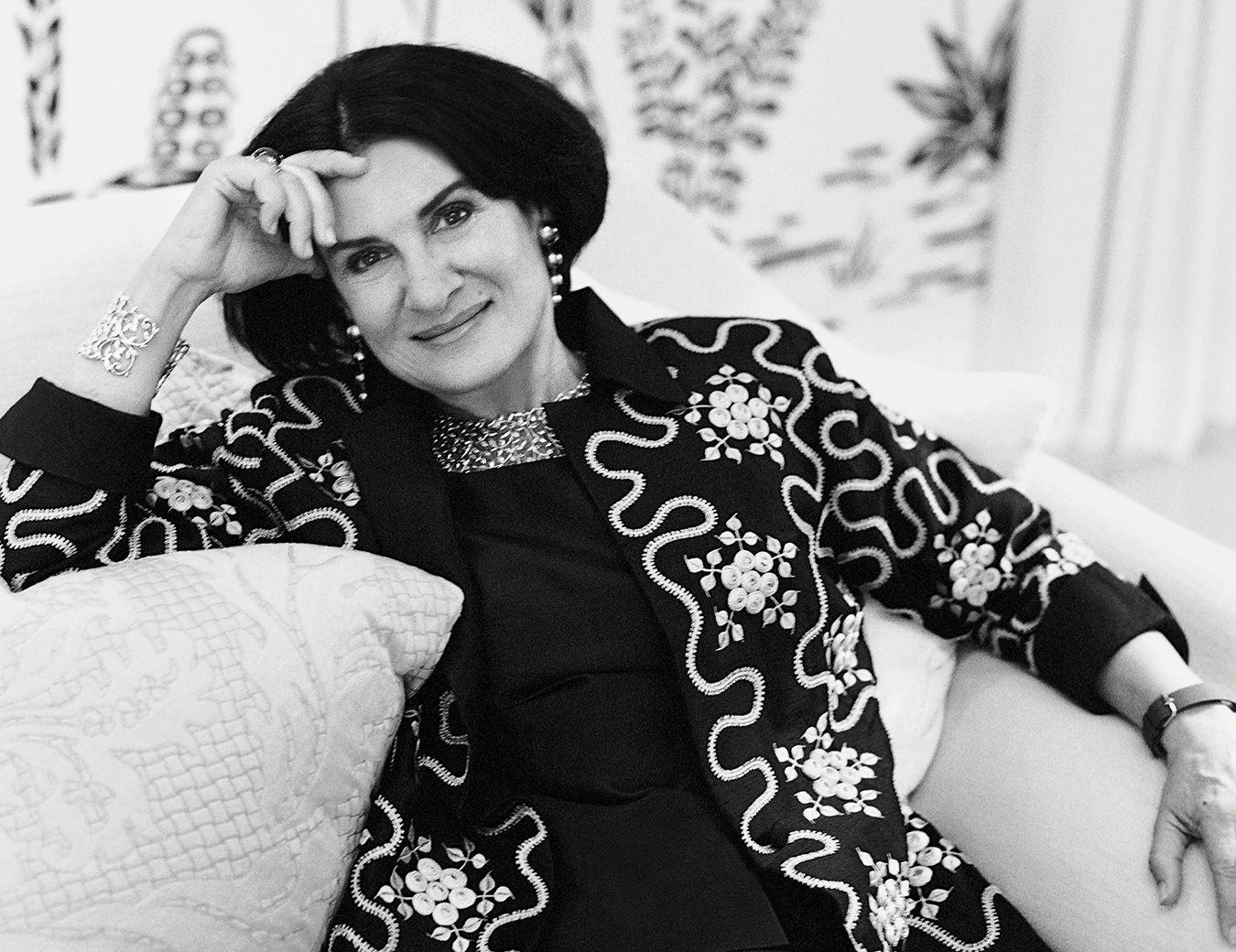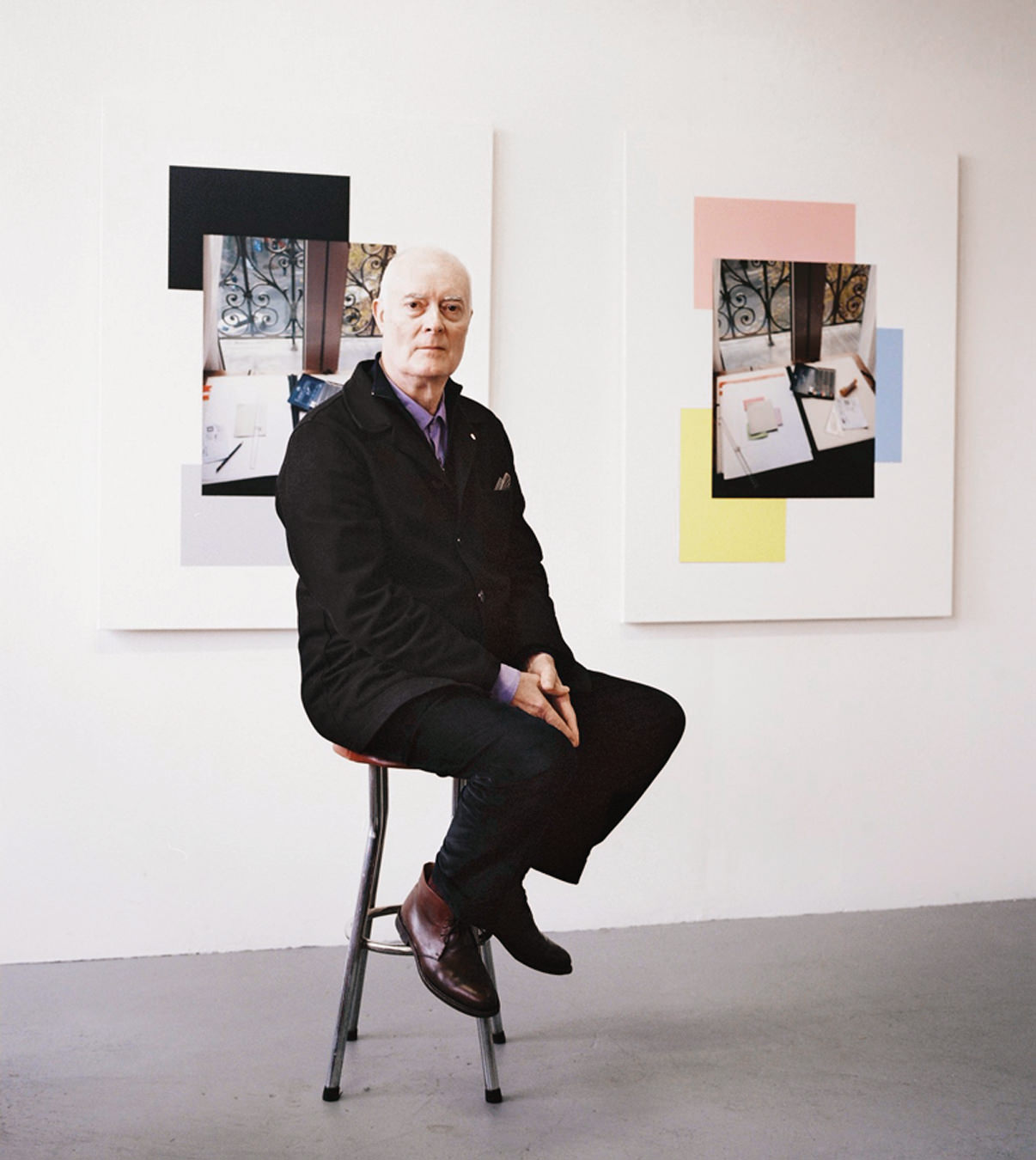What Is Black Dandyism?
The historical significance of this year’s Met Gala theme is one of liberation and identity.

Dapper Dan photographed in his Harlem atelier by Jeremy Liebman.
The first Monday in May is nearly here—which means it’s almost time for the Met Gala. Under Anna Wintour’s watch, the annual fundraiser has become fashion’s biggest night. But beyond the red carpet spectacle, it also marks the opening of the Costume Institute’s spring exhibition. Superfine: Tailoring Black Style places the spotlight on Black dandyism.
So what is it?
Black dandyism refers to the expressive, elegant, and often rebellious way Black men have used fashion to assert identity, subvert stereotypes, and reclaim power. It draws from the 19th-century roots of classic dandyism. Beau Brummell, the Regency-era style icon and menswear influencer, rejected aristocratic dress—wigs, corsets, and frock coats—in favour of clean, tailored elegance. It was an act of rebellion and the blueprint for modern menswear.
Black dandyism, explored in Monica L. Miller’s 2009 book Slaves to Fashion: Black Dandyism and the Styling of Black Diasporic Identity, is layered with deeper cultural meaning. Miller traces how the aesthetic was initially imposed: in 18th-century England, enslaved Black men were “dandified” by their owners to serve as exotic luxury symbols. But once slavery ended, Black men reclaimed dandyism as a form of resistance. Through tailored clothing and high style, they reasserted dignity and control over their image, rebelling against the white establishment.
Who are some of these Black dandies? Frederick Douglass—the American abolitionist, writer, statesman, and most photographed man of the 19th century—stands out as an early example. Later came the dandies of the Harlem Renaissance, the epicentre of Black art and intellectualism.
Throughout the 20th century, figures like Miles Davis, James Baldwin, Jean-Michel Basquiat, André 3000, and the Harlem clothier Dapper Dan carried the tradition forward. Hip-hop then became a new vessel for the aesthetic, with artists gravitating toward flashy jewellery and logo-laden luxury. The now-iconic street-style photo of Kanye West, Virgil Abloh, and company at Paris Fashion Week remains a modern emblem of Black dandyism.
“In recent years, we’ve witnessed a renaissance in menswear,” says Andrew Bolton, head curator at the Met’s Costume Institute. “Prominent men of style and designers are more willing to take risks in self-presentation.” Superfine, he adds, explores the Black dandy as both identity and concept—complicating ideas of race, class, gender, and sexuality.
Even this year’s Met Gala co-chairs—A$AP Rocky, Pharrell, Lewis Hamilton, Colman Domingo, and honorary chair LeBron James—could be considered modern Black dandies in their own right.
Black dandyism isn’t about showing off. It’s about identity, pride, and purpose. It asks who gets to define style, and whose stories fashion tells. At an event like the Met Gala, where flash can outweigh meaning, Superfine reminds us: for Black men, getting dressed has always been political. The Black dandy doesn’t just look good—he also makes a statement. The tailoring is sharp. So is the message.




